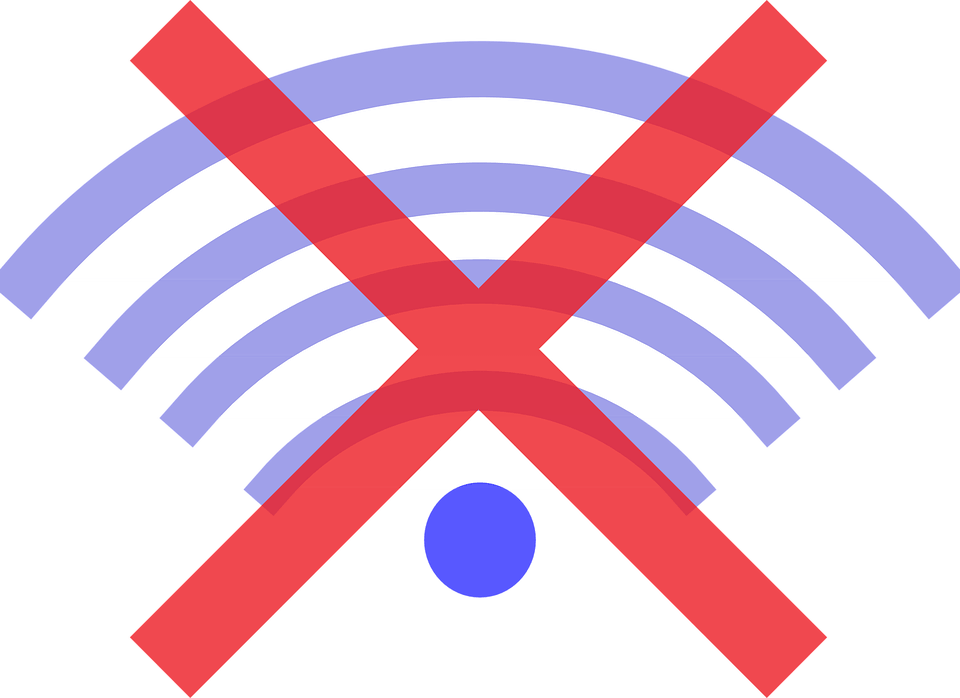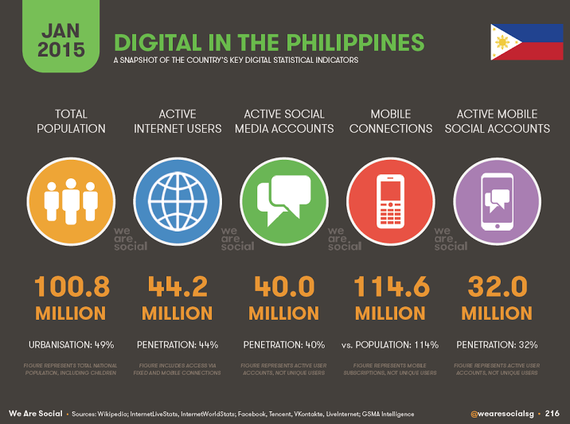Why PeLS?

It's easy for many edtech folks to get carried away by online technologies. Much of the world, however, remains unwired and offline. About 60% of the world's population still has no access to the internet. In the Philippines, it's more than 50% of Filipinos (Huffington post infographic):

Of course there's reason to be optimistic. In the mid-1990s, only 1% of the world's population had access. Wait another decade, and everyone should have access already. But what do we do in the meantime?
There are special groups who are eager to tap into a variety of free online courses. Yet, their online connection is at best spotty, thanks to the shamefully inferior services of Smart and Globe. moodLearning offers PeLS to serve even those who cannot be online all the time or when and where e-learning is needed the most.

The Portable e-Learning System (PeLS) could help bridge the gap between purely online (which is simply impossible in certain places) and purely face-to-face instruction. With PeLS, learning managers could combine quizzes and periodic online interaction with relatively isolated, offline use of instructional materials (among other possible mixes). In such case, the online learning management system (LMS) would still be the main organizing platform. But much of the heavy lifting could be already done by PeLS offline. Interactive materials and activities, assignments and quizzes could also be on PeLS. Once good online connection becomes available, PeLS data could be synced with the main LMS and coordination with the students' learning managers should be re-established immediately.

Here's how to install PeLS on an MS Windows computer.
For mac-loving folks, abangan!
In the meantime, share with us your experiences, your thoughts that lend weight to prospect of developing offline e-learning systems. We're just an email or a call away at moodLearning.